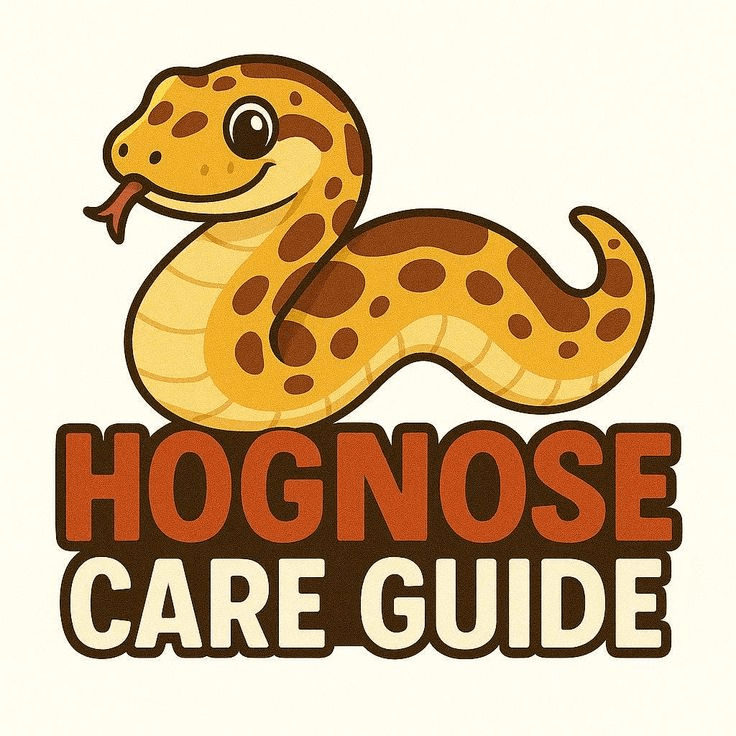1. Introduction to Hognose Snakes
Species Overview
The Western Hognose Snake (Heterodon nasicus) is a fascinating burrowing snake native to North America. Known for its upturned snout and dramatic defensive behaviors, the hognose snake has become increasingly popular among reptile enthusiasts. Their relatively small size, docile temperament, and unique appearance make them an excellent choice for both beginner and experienced keepers.
Natural Habitat and Behavior
In the wild, Western Hognose Snakes inhabit grasslands, prairies, and sandy plains. These environments offer loose substrate for burrowing and a wide range of prey, including amphibians and small rodents. Understanding their natural environment is crucial for replicating a suitable habitat in captivity.
2. Setting Up the Enclosure
Tank Size and Type
A 20-gallon long terrarium is a suitable starting size for a single adult hognose snake. Glass enclosures with secure lids are preferred, as these snakes are skilled escape artists.
Substrate Selection
The best substrate for hognose snakes is one that allows for natural burrowing behavior. Aspen shavings, coconut fiber, and a sand/soil mix are all excellent choices. For keepers looking to mimic a natural ecosystem, a bioactive enclosure for hognose snakes is a rewarding option that supports live plants and beneficial microorganisms.
Temperature and Humidity Control
Western Hognose Snakes thrive with a temperature gradient in their enclosure. The warm side should be around 88°F, while the cool side can range from 70–75°F. Humidity should be maintained between 30–50%, with a slight increase during shedding periods.
Lighting Requirements
Though hognose snakes do not require UVB lighting, providing a day/night cycle helps regulate their natural rhythms. A simple LED or fluorescent light on a timer works well.
Hiding Spots and Enrichment
Offer multiple hiding spots throughout the enclosure to help reduce stress. Items like cork bark, half logs, and artificial plants provide both cover and environmental enrichment.
3. Feeding and Nutrition
Diet Overview
In captivity, hognose snakes primarily eat appropriately-sized frozen-thawed rodents. Pinky mice are ideal for hatchlings, with prey size increasing as the snake grows.
Feeding Schedule
Young hognose snakes should be fed every 4–5 days, while adults typically eat once every 7–10 days. Overfeeding can lead to obesity, so it’s important to monitor feeding frequency and prey size.
Water Requirements
Always provide a shallow dish of clean, fresh water. Although hognose snakes rarely soak, proper hydration is essential, especially during shedding.
4. Health and Wellness
Common Health Issues
Western Hognose Snakes are generally hardy, but keepers should watch for signs of respiratory infections, mites, and improper shedding. Regular habitat maintenance and hygiene can prevent most issues.
Shedding Process
Healthy hognose snakes shed their skin in one piece. Ensure humidity levels are slightly increased during this time and provide rough surfaces to help the snake slough off its old skin.
Signs of Stress
Unusual behaviors such as refusal to eat, excessive hiding, or striking may indicate stress. Evaluate enclosure conditions and handling practices if you notice these signs.
5. Handling and Behavior
Temperament
Known for their bluffing behavior—including hissing, hooding, and playing dead—hognose snakes are rarely aggressive and typically calm down with regular, gentle handling.
Handling Tips
Handle your hognose snake for short periods a few times a week. Always support the body and avoid sudden movements. Avoid handling for 48 hours after feeding to prevent regurgitation.
Behavioral Traits
Western Hognose Snakes display a range of interesting behaviors, including burrowing and mock strikes. Understanding these traits helps deepen your connection with your pet.
6. Breeding Information
Breeding Season
In captivity, breeding typically occurs in the spring after a brief cooling period during the winter.
Egg Incubation
Females lay 6–20 eggs per clutch. Eggs should be incubated at 78–82°F and will hatch in approximately 50–60 days.
Hatchling Care
Hatchlings should be kept on paper towels for ease of monitoring. Offer pinky mice after their first shed and ensure they are housed individually to prevent stress or cannibalism.
7. Conclusion
Western Hognose Snakes are captivating reptiles that are as rewarding to observe as they are to care for. With the right knowledge and setup, you can create a healthy, enriching environment that supports both physical and behavioral well-being. For more in-depth information, consider joining reptile care forums or reading further guides from trusted herpetological sources.
Q5: How often should I handle my hognose snake?
A few times per week for short periods is ideal. Avoid handling right after feeding.

